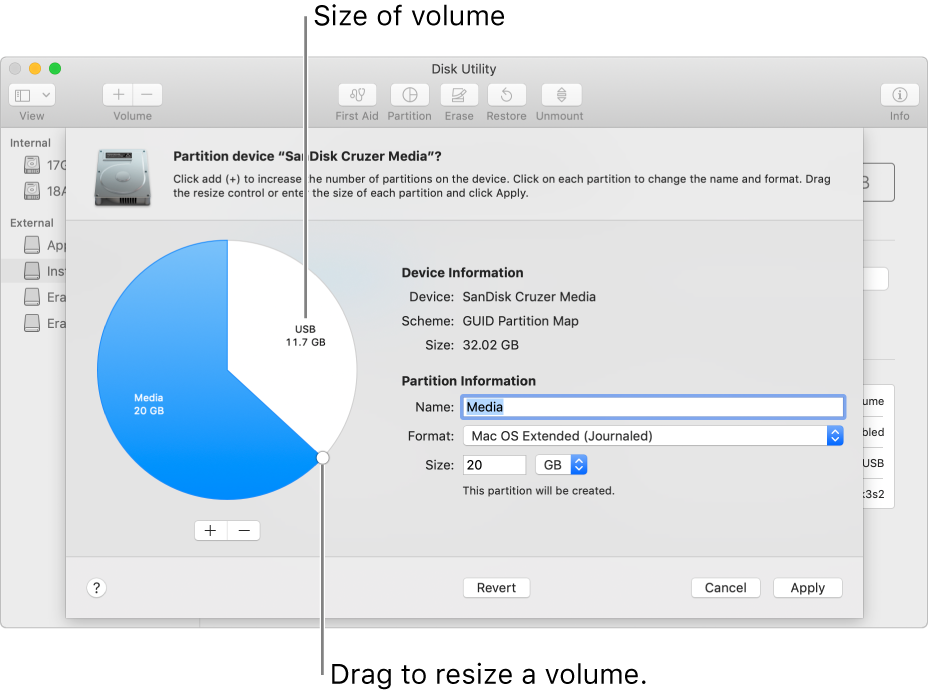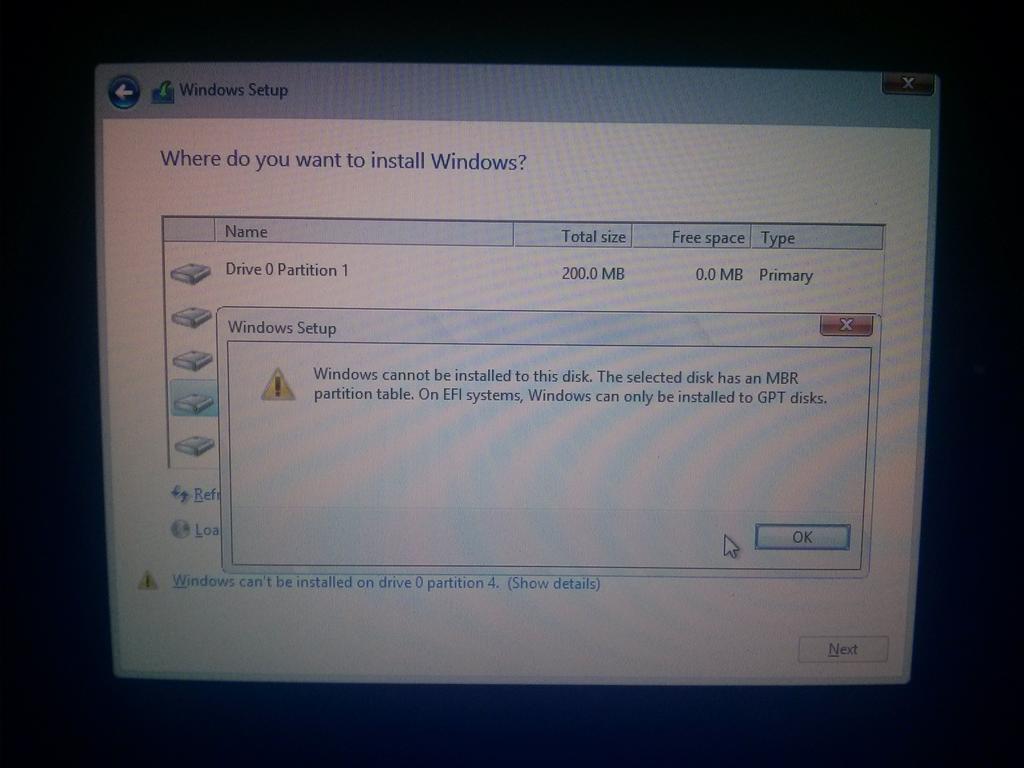

- #PARTITION FOR WINDOWS AND MAC MAC OS#
- #PARTITION FOR WINDOWS AND MAC PC#
- #PARTITION FOR WINDOWS AND MAC MAC#
Here are some common reasons why your GPT partition was lost: In others, it could simply be the result of user error. In most instances, it’s unavoidable and is the result of something out of your control. GPT partition loss can happen for a multitude of reasons. And, probably the biggest advantage over MBR in terms of recovery, it stores multiple copies of the partitioning and boot data across the disk for redundancy. It also replaces the old-school-looking BIOS with Unified Extensible Firmware Interface (UEFI) for easier navigation of your computer’s boot screen. Size limits and the number of partitions you’re allowed on a single drive are only limited by the operating system. In order to add more partitions, you need to replace one of your primary partition slots with an extended partition, which you can then use to make extended partitions within it. MBR only works with disk drives up to 2TB in size, and can only support four primary partitions. While for a long time it was sufficient in satisfying the needs of both end-users and enthusiasts alike, with the rapid rate at which technology is developing, MBR is quickly becoming legacy in comparison to GPT. Master Boot Record (MBR) is another type of partition style that was introduced with DOS 2.0 in 1983. What Is the Difference Between GPT and MBR Partitions? This allows your operating system to locate and access the data stored on your drive. It stores and structures information pertaining to partitions, like where they begin and end. GUID Partition Table (GPT) is a partition style that was developed by Intel in the late 1990s. What Is a GPT Partition?īefore you can use a disk drive to store data, you first need to partition it. Continued use could result in the data being overwritten with new data. The part about the ExFAT setting I understand, it’s the partition scheme setting I’m not clear on.⚠️ Note: In the interest of making sure your data is still recoverable, stop using the disk with the missing GPT partition until you’ve finished reading this article.
#PARTITION FOR WINDOWS AND MAC MAC#
Apple Partition Map: Choose this option for compatibility with old PowerPC-based Mac computers.”.Master Boot Record: Choose this option for compatibility with all Microsoft Windows-based computers.

Some newer Microsoft Windows-based computers can also use this scheme. GUID Partition Map: Choose this option for all Intel-based and Apple silicon Mac computers.“Disk utility supports the following schemes. If you click on the link “choose a partition scheme”, the linked page says:
#PARTITION FOR WINDOWS AND MAC MAC OS#
despite the fact the instructions are for formatting an external drive for use between Mac OS and Windows. the instructions just say “choose a partition scheme”.

The default seems to be set at GUID Partition Map, but Apple isn’t clear if that or the other choice, Master Boot Record is the one I need to choose. you have to chose one when you are formatting the disk. The question is what “Partition Scheme” do I use?. this is so I can share large collections of files between my Windows based computers and my MacBook. Sorry, I left out the word “external” (hard drive) when I wrote that. Thank you in advance for any information you may have on this topic.
#PARTITION FOR WINDOWS AND MAC PC#
I haven’t formatted a Hard Drive for PC compatibility in a while, but I think it usually was Master Boot Record, but I definitely don’t recall mention of a 2TB limit.Īt the moment, the drive I am formatting is 2TB, so it probably won’t be an issue, but I’m asking this in advance as I wish to use a larger capacity drive in the near future. I decided to look that up and again it’s not really clear, since some either just repeat what Apple has written or they go into the pros and cons of Master Boot Record vs GUID Partition Map.īut two sources say basically that Master Boot Record is the choice for MS-DOS (FAT) or ExFAT, and Drives cannot exceed 2TB” In Apple’s “Disk Utility User Guide”, the Section “Partition schemes available in Disk Utility on Mac” is rather ambiguous as to whether “Master Boot Record” or “GUID Partition Map” is the appropriate choice for formatting a Hard Drive for use between a Mac and a PC, since the wording makes it seem that both can be used by Mac and “Some newer Microsoft Windows-based computers”


 0 kommentar(er)
0 kommentar(er)
